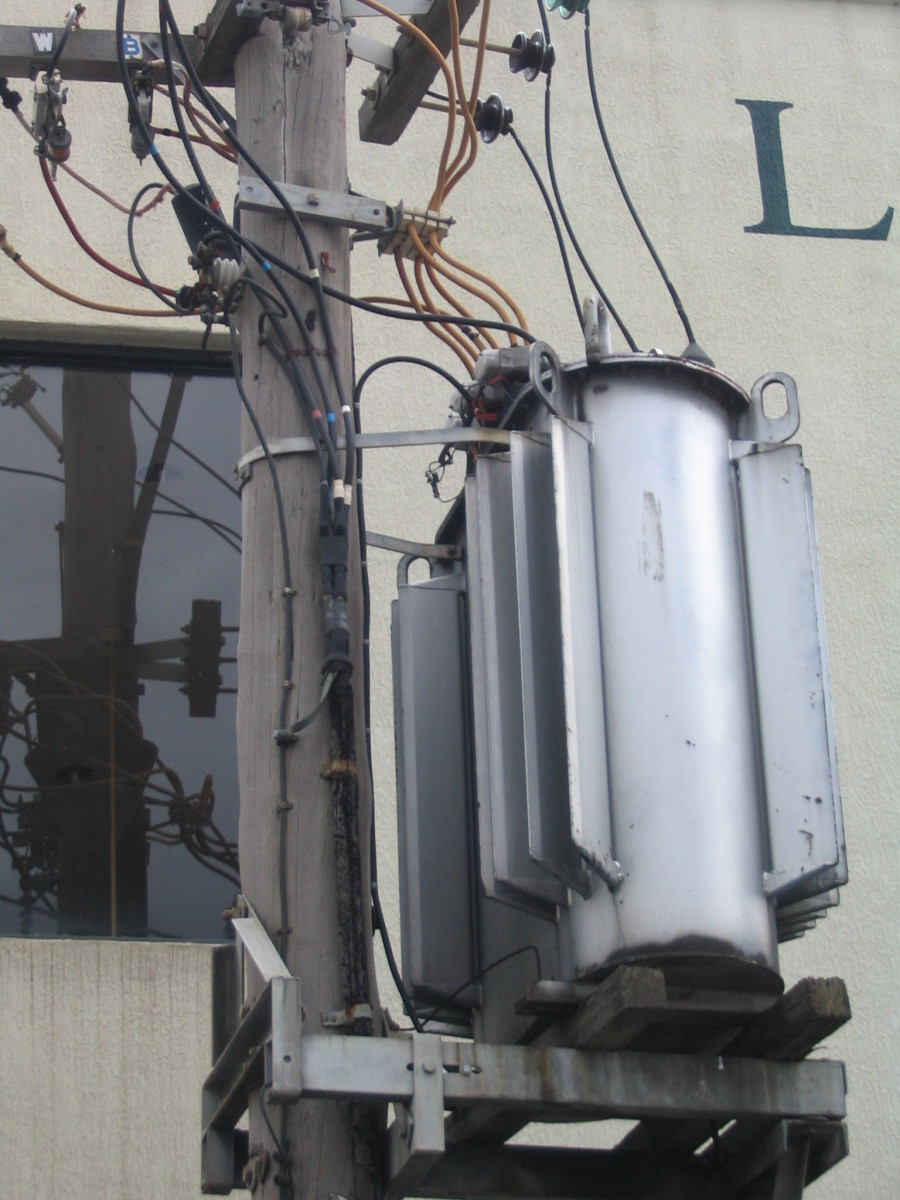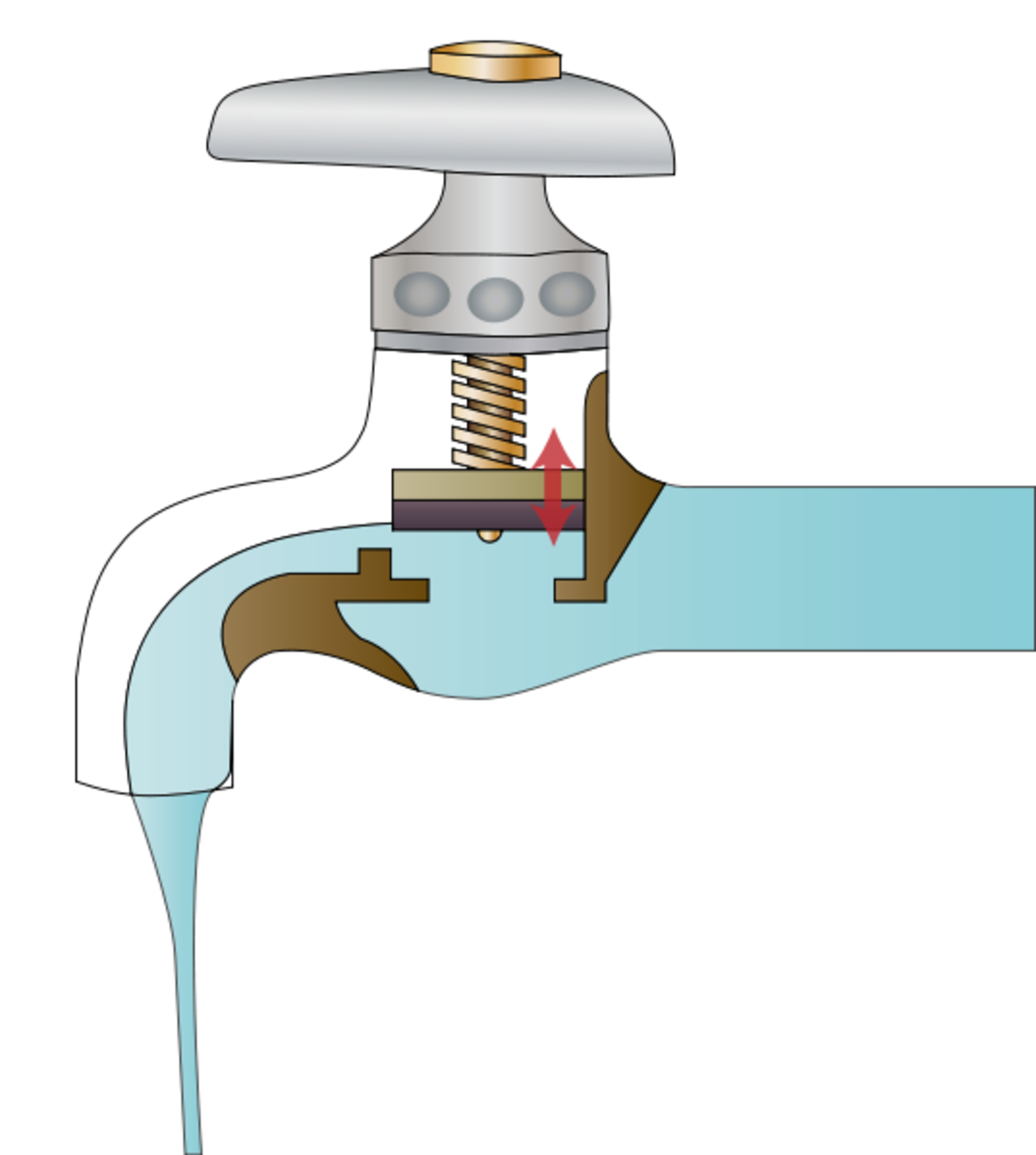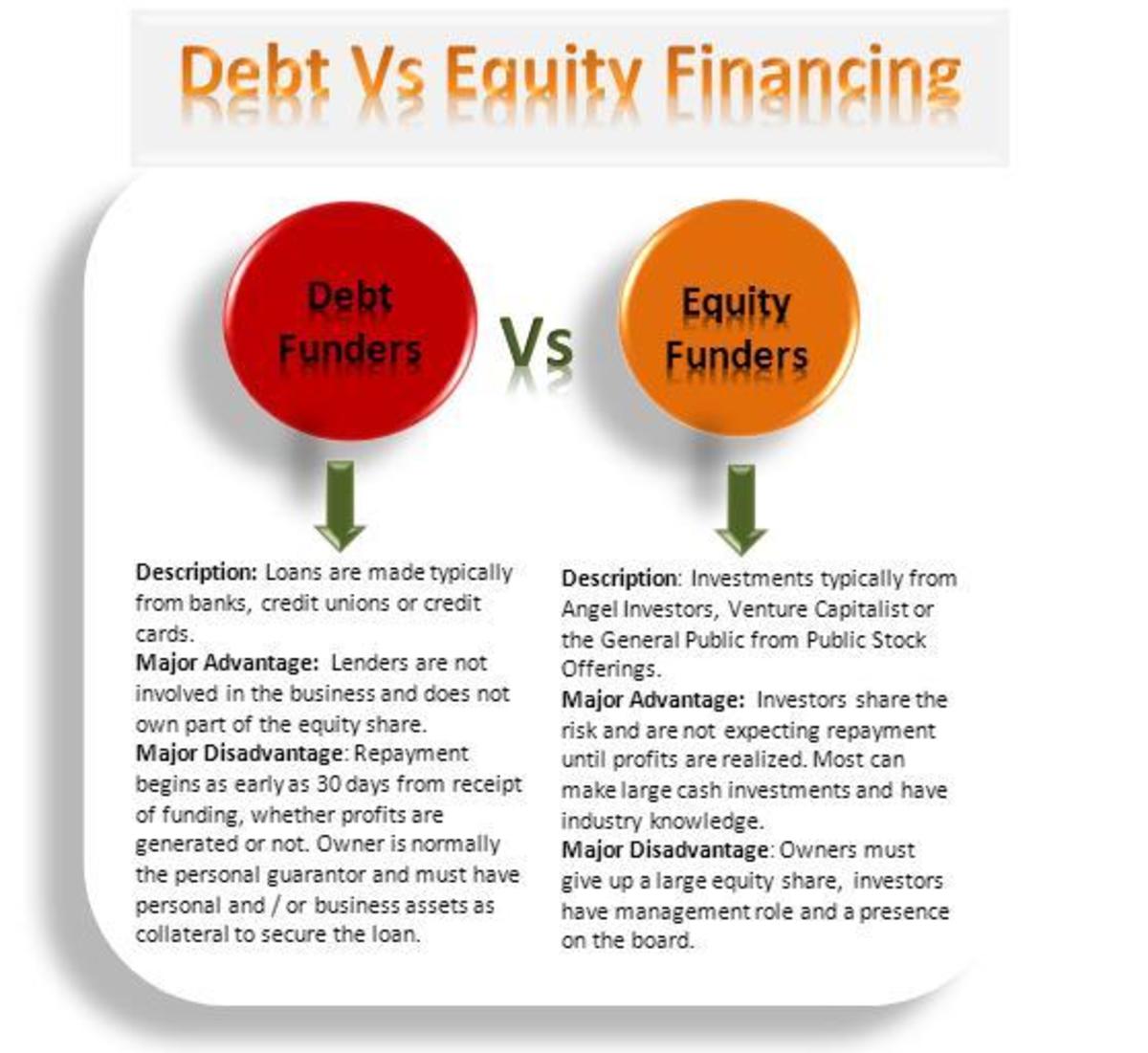How to Lower Industrial Utility Bills
Why Industrial Customers Pay More for Power
Industrial power customers tend to use much more power simply due to the equipment they operate. Industrial power customers face significant penalties if power demands are higher than the level set by the true-up mechanism in the contract.
The cost of peak power demand over the base level set by the contract with the utility company drives electric companies to focus on power conservation efforts so that customers don't use far more power than the utility planned to provide. Businesses and industrial consumers are equally eligible for assistance from power companies to find ways to lower electricity consumption.
Given the higher energy bills per kilowatt industrial customers pay, how can you bring down your utility costs?

Lowering Electrical Power Consumption for Industrial Facilities
Time of use utility rates charge customers less for power used at non-peak times like the 9 PM to 6 AM time frame or weekends. Companies that are using a lot of power may want to look at the energy savings for using fewer production lines but running them 24x7 to enjoy lower utility bills, though labor rates may be higher for evening and weekend shifts.
According to "The U.S. Electric Markets, Structure, and Regulations" by Monica Greer, average cost pricing does not provide significant incentives. The book describes the root cause as a de-coupling from the higher rates they would owe after an unusually hot summer month, with any penalties for over-consumption assessed at the end of the year.
Large power consumers may want to evaluate their utility contracts and move to a month to month billing cycle to give themselves incentive to use less. If you want a serious incentive to lower power consumption within the plant, shift to a month to month billing cycle. After a massive electric bill in June, your plant managers will be motivated to conserve power in July to prevent another massive bill.
If your company is considering installation of renewable power, select an energy source that is not commonly used in your area. For example, if solar power is popular in your area, research whether geothermal power or geothermal heating and cooling is an option. If everyone switches to the same renewable power sources, demand on the grid will peak for everyone when that energy source isn't available. For example, solar power will be greatest in the afternoon and demand on the grid will be greatest late at night when solar charged batteries start to run down. If your need for power does not follow the same demand curve as everyone else, you won't be charged peak power rates when you need energy.
Installing on site power generation such as natural gas turbines on the premises may be cheaper for large companies overall than paying peak power rates, if shutting down energy intensive operations in order to reduce power usage is not possible.
Make the most of the power you already use. Can you use heat recovery to generate more power from existing processes? Can you install insulating blankets around heat sources like extruders to minimize heat loss, which is equivalent to power loss?
Change your industrial processes to use more efficient use of your electricity or alter processes so that you can recover energy. For example, switch to direct drying so that heat can be recovered from exhaust. If you must use steam, research whether or not you can install a heat recovery steam generator.
Lower your service water temperature to the lowest level possible.
Use your HVAC system to cool some of the hot water system components.
It is commonly known that you should right-size heating and air conditioning units for the intended area. Do not forget to properly size motors and pumps for their intended purpose so that you do not buy larger, more expensive units that need more power to operate.
Determine if you can use methane gas from landfills in place of natural gas.
Design production lines as compactly as possible. You'll need less energy to move materials and pump water and chemicals through the facility.

How to Lower Water Consumption for Industrial Facilities
Regularly check pipes for corrosion, leakage and breaks. Make inspections of water pipes and steam pipes part of the standard maintenance schedule.
When designing new facilities, forecast your water demand for each facility layout and production line. When evaluating several designs, consider the one with the lower water demand if other factors like cost are similar.
Review your pattern of water usage. Can you adjust water demands of the facility to avoid needing water when residential water usage is highest, between 6 PM to 11 PM? If so, can you save money by switching to a metered water system or an inverted block rate water prices structure.
Reuse water where possible, such as reusing water from metal finishing operations or cooling steps.
Determine if locally sourced water like rainwater can be used for industrial operations instead of paying for municipal water.
Change the landscaping around the facility to reduce the amount of water used to maintain it.
Review your options for collecting rainwater and storm water and using it on site, even if only for watering landscaping.






